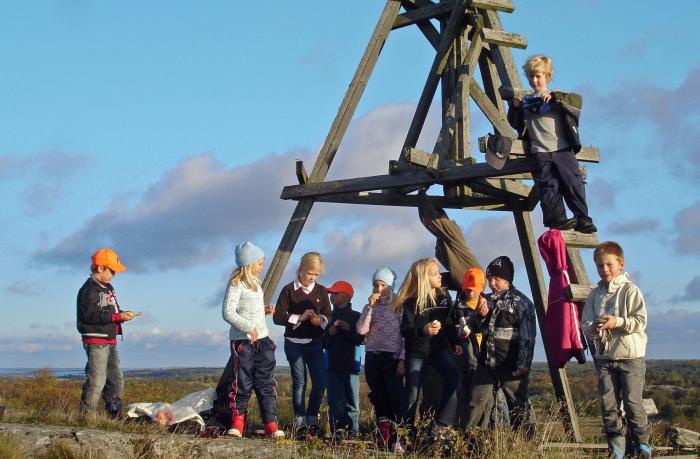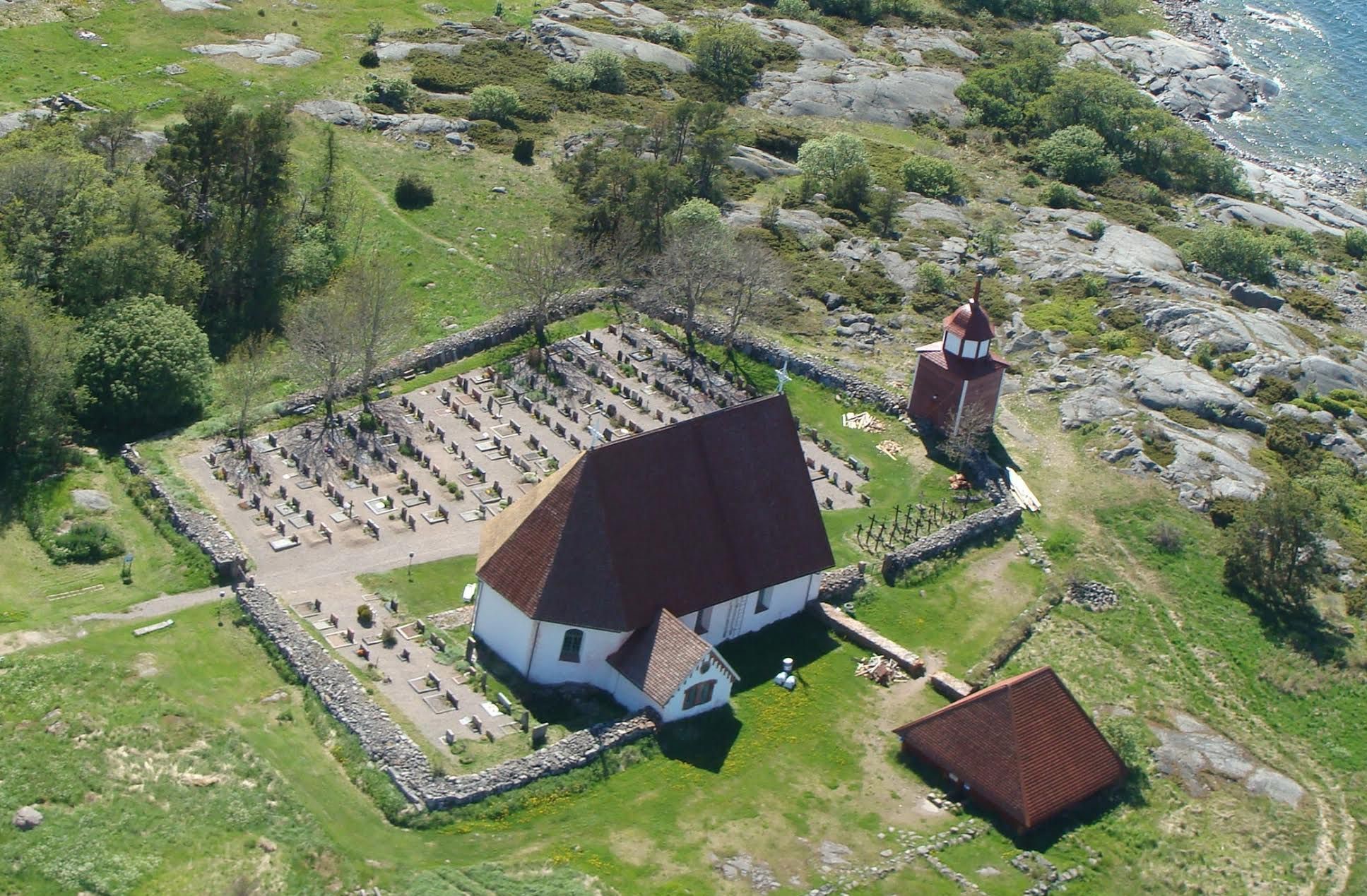
Island facts
Kökar - an island of opposites
#1 Insignificant but substantial
When it comes to population, Kökar is one of the smallest EU islands, with only 234 resident inhabitants. But politically speaking, the island is a full-scale municipality. The residents of Kökar govern themselves with a Council, Mayor, board and committees, and thus have an important impact on their own energy situation.
#2 Dry and wet
When it comes to the surface area, Kökar is one of the smallest among the 26 islands selected for support by the Clean Energy for EU Islands Secretariat, with a dry (land) area of only 64 km2. But an island wouldn’t be an island without the water surrounding it – in the case of Kökar, only 3% of the island’s total area is landmass. If you take into account the waters around it, you’re looking at a total of 2,165 km2 belonging to the municipality. Like Favignana and Cape Clear, Kökar is made up of fragments of the mainland out at sea. This makes the island different from towns and rural landscapes and sets the scene for its energy transition.
#3 Near and far
Kökar belongs and is close to the Åland Islands, only 31km as the crow flies. As people aren’t crows, you need to take a ferry to reach Kökar, which takes 2,5 hours and leads you through a beautiful archipelago. 2,5 hours is what many city residents spend on the subway every day, and it is the same time it takes to fly from Lisbon to the Azores, another of the 26 islands. Consequently, although the real distance to Kökar is short, the perceived distance is (very) far.

A colourful energy mix ready for transformation
The total electricity consumption per year on Kökar was 2.9 GWh in 2017. The island uses 400 kW - 800 kW per day depending on temperature and wind.
The local energy production includes a 500 kW Enercon E40 wind turbine, which has produced 24 million kWh since its inception in 1997. There are 5 or 6 private solar panels, an unknown, small number of geothermal installations, and two smaller wind turbines at a farm. A certain number of the 100 properties are heated with oil and/or wood burners, but the exact number is unknown. The bakery has a newly installed chip boiler.
The distribution network consists of a high voltage network, which is newly renovated, and a low voltage network in varying but good condition. The 1.5 MW transmission cable goes up to Sottunga and then to Gustavs. It is occasionally interrupted, causing local energy problems on Kökar.
The whole energy system is owned and managed by a regional company. The electricity produced on Kökar is transmitted to the region of Åland and then sold back to Kökar.
The biggest energy consumers on the island are the school (cost 2,000 € / month), the elderly people’s home, the bakery, Brudhäll hotel, the guest harbours in Karlby, Sandvik and Väster i Sundet, and the Coast Guard Station. This is without accounting for the ferry transports to and from Kökar which probably amounts to 1/3 of the island’s total energy consumption. The ferry consumes 125 litres of MK1 marine diesel per hour, which adds up to a total of 625 litres per one-way journey to the nearest port.
Tailwind for a brighter future

The residents of Kökar have been mindful about their overall sustainability for quite some years now, and have previously received funding from the Central Baltic Interreg program to make a long-term development plan for their island. The project started in the second half of 2018. It involves each and every citizen, it includes all aspects of sustainability, and it is the hotbed from which the island’s application to work with the Clean Energy for EU Islands Secretariat emerged.
The main challenge for the island of Kökar currently is to find the most effective way to move forward their clean energy transition in a well-organized and cleverly communicated way.
Organisations involved in Kökar's clean energy transition
Nordic Archipelago Cooperation
Title photo: Christian Pleijel
